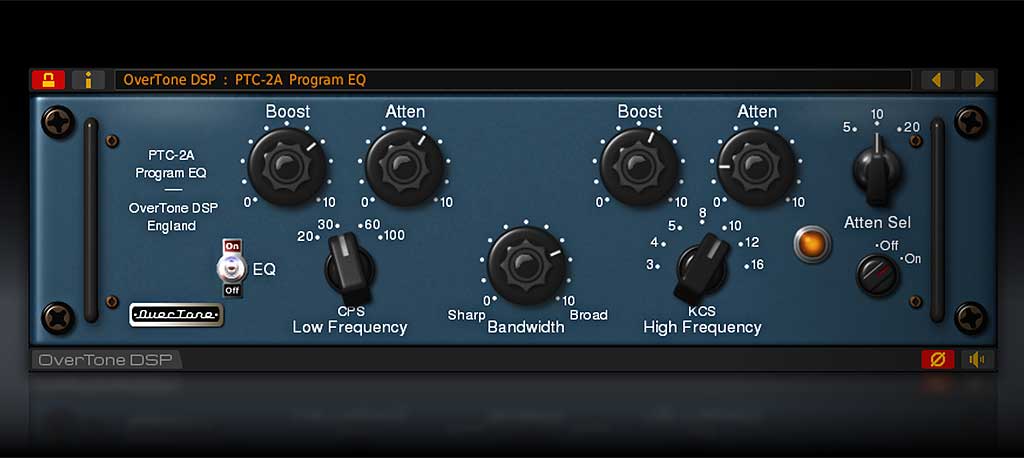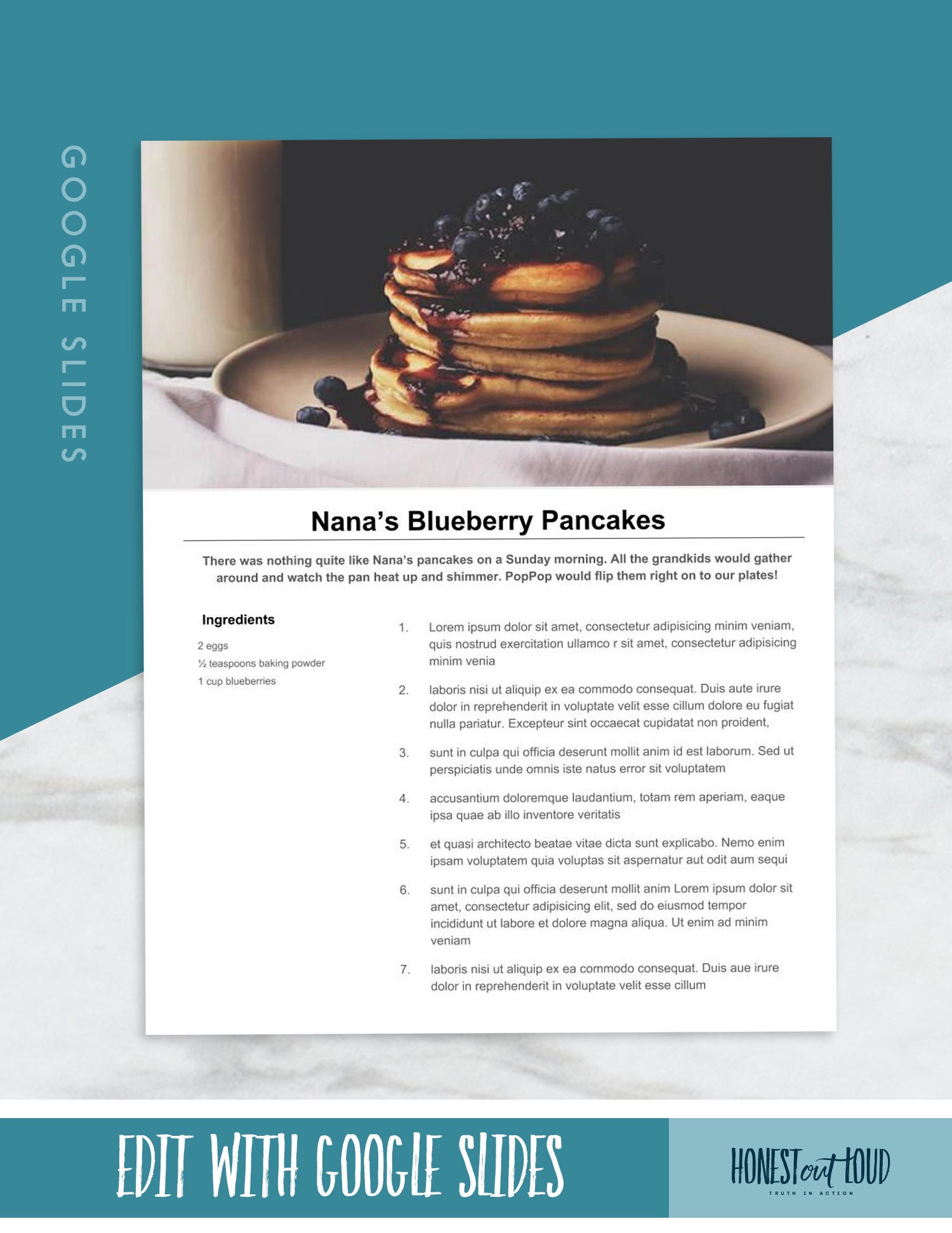More experienced users know that you can connect to a Linux server quite easily using a variety of SSH (Secure Shell) clients. That's all well and good but what about if you need to use some tool that has a GUI?
The answer is to use X11 forwarding. X11 forwarding is a mechanism that allows a user to start up remote applications but forward the application display to your local Windows machine.
X11 Forwarding on Linux
There are a few minor changes needed on your Linux box to enable X11 forwarding. In this basic example I am using a standard CentOS 6.5 installation with GNOME installed. Other Linux distributions will have a very similar SSH daemon configuration. The SSH configuration file is located at /etc/ssh/sshd_config. Locate and uncomment (or add) the following lines:
INSTEAD Apple are going to direct Mac users to download exactly what we have here: XQuartz, the source project for X11. So if you like X11, download the latest stable XQuartz and get to work with it! Be sure to read ALL the documentation at the source website BEFORE you download or install new versions. Because this is geekware, IT HAS BUGS. X11 Update for Mac OS X 10.7.5. This update is recommended for all X11 users and resolves an issue that may cause X11 applications to become unresponsive. Post Date: Oct 25, 2012. File Size: 7.13 MB. System Requirements. Mac OS X 10.7.5. X11 mac software, free downloads and reviews at WinSite. Free Mac X11 Shareware and Freeware.
X11Forwarding yes
X11UseForwarding yes
These items allow the traffic to be forwarded over to your computer from the host and also allow forwarding to be used. X11 forwarding can be configured on a per user basis. There are additional options that can be configured for X11 forwarding, but those go beyond the scope of this introductory article. The system can also be configured to allow multiple X11 forwarded users, but each user will have to use a separate port range.
Once the config file's modifications have been made to your Linux system, the SSH service will need to be restarted to effect the revised configuration. Restart the services by using the command:
service sshd restart
All being well, the sshd service will be fully restarted. As a funny little test, install 'xeyes.' Use the command:
yum -y install xeyes
It is also prudent to check that the firewall is not blocking the forwarded requests. Iptables' configuration may need to be adjusted if they are. To turn off Iptables on a temporary basis, you can use the command:
service iptables stop

On the Windows guest, the first requirement is to install PuTTY, which provides the mechanism to forward the display data between the host (the Linux server) and guest (your Windows machine). If you don't already have PuTTY, download the PuTTY application from the PuTTY website and install it. I'd suggest using the full download package.
There are many display managers you can use. In this example we are using Xming, which is free and downloadable from sourceforge.net. Download Xming to your Windows PC and run the setup. During installation, you might see a number of options; I'd suggest going with the defaults.
Madden 08. Once Xming is installed you are ready to try out X11 forwarding. You will need to allow the Windows firewall to be modified to allow Xming forwarding to work. This should automatically pop up and request the required access.
There are also two settings in PuTTY that need to be changed to make X11 forwarding work. Open PuTTY as normal, filling in the IP address or DNS alias name. Before clicking OK to connect to the server, go to the connection menu in PuTTY, select SSH, X11 and tick the box X11 forwarding. The xdisplay location should also be set to localhost:0, which is basically the display you are working on currently.
You can now connect to the Linux server using PuTTY. At the command line, run the command: xeyes. Hopefully a silly pair of comedy eyes will pop up that follow your cursor around the screen. To keep the terminal available for additional commands after you launch the X11 forwarded application, use an & at the end of the command to prevent tying up the terminal in question.
Now that you have seen it in action, it is perhaps time to share how it all works.
No matter which GUI you use on your Linux host, GNOME or KDE, they both have what is termed a xdisplay manager that underlies the GUI portion of the display. It is a network protocol that was designed from the outset to allow items to be forwarded to whichever destination is required.
X11 Forwarding on Mac
X11 forwarding on Mac is just as easy. Download Quartz and install it as you would any other Mac package. Quartz is another instance of display management. To start using X11 forwarding to your Mac, use the -X switch. In other words, the ssh command would look like this:
ssh -X root@mylinuxhost
To test it just type in the command xclock or xeyes, and, as if by magic, you get a basic clock or aforementioned eyes on your desktop.
If you’ve ever thought about running Unix programs on your Mac, you might have assumed that meant you were stuck with the command-line interface. But you aren’t. Go to Leopard’s Applications: Utilities folder and double-click on X11.app. That will open xterm. At first, you might think it’s just another command-line tool like Mac OS X’s Terminal. But xterm is actually a gateway to something much bigger: the X11 graphical computing environment.
From X11 (which runs side by side with Mac OS X’s native Aqua environment), you can run a host of graphical Unix programs—applications that haven’t been fully ported to Mac OS X—as well as applications on remote Linux or Unix systems. Here’s a quick look at X11 and a few of the things you can do with it.
(Note: If you’re still running Tiger, you won’t find X11 installed by default; you’ll have to insert your Mac OS X install discs, run the Optional Installs package, and install it from there.)
Where to Get X11 Programs
The OS X install of X11 comes with a few programs of its own. For example, type /usr/X11/bin/xeyes & at the X11 command-line prompt, and you’ll open xeyes, a little program that puts a pair of animated eyes on your X11 desktop; move your cursor, and the eyes will follow it. Type /usr/X11/bin/xcalc &, and you’ll get an X11-based calculator. To get a list of the X11 programs that come with OS X, type ls /usr/X11/bin. You can then get more information about any of the programs listed there by typing man program name. That will summon the Unix manpage viewer and the text-only documentation for that program.
To be honest, the X11 applications that come with OS X aren’t all that exciting. To get more interesting ones, you have to download them.
The X11 program that I most highly recommend is GIMP (GNU Image Manipulation Program). It’s a great image editor that’s actually comparable in some ways to Adobe Photoshop. If you download it from gimp.org, you’ll get a huge pile of source code that you’ll then have to build into an operable program. It’s far easier to download the GIMP binary from Wilbur Loves Apple. There, you’ll find GIMP 2.4.5 for both OS X 10.5 and 10.4 (Intel and PowerPC). Once you download that, you can just open the disk image and copy Gimp.app to your Applications folder.
While GIMP may be the best-known X11 program that will run on the Mac, there are hundreds of others worth checking out: Inkscape is a free vector-drawing program similar to Adobe Illustrator. If you want to run Microsoft Internet Explorer on your Intel Mac, you can do so with ies4osx, an X11-based application that uses the Wine Windows emulator to run any of four different versions of Explorer. (ies4osx uses a Mac-specific variant of Wine called Darwine, which is provided as a download on the ies4osx site along with ies4osx itself.)
Finally, if you really want to explore the world of X11 software, you can download and install either MacPorts or Fink. Both are open-source applications that attempt to catalog and help you install dozens of different X11 programs. But be warned: If you’re not familiar with the command line and Unix file management, don’t bother with either of them.
Different Interfaces
Download X11 For Mac
Whatever applications you want to try, you’ll notice immediately that they have their own look-and-feel, and it’s different from OS X’s.
For example, if you open GIMP, xcalc, and xeyes at the same time and then switch between them, you’ll notice that the X11 menu bar at the top of the screen remains the same no matter which application has the focus. If you can get used to not zipping up to the top of the screen to find a program’s menus, you should do just fine with X11.
Individual X11 programs often have menus and other interface elements of their own in addition to that overall X11 menu bar, and those elements aren’t consistent from one program to the next. For example, to open a menu in xterm, you control-click; other programs display their menus at the top of their own windows.
Other interface conventions vary in X11. For instance, most of the time you can highlight a text selection in an X11 application, and select Edit: Copy or press command-C to copy it. However, when you switch to another X11 program to paste in that selection, you’ll notice that the Edit: Paste menu item in X11’s global menu is grayed out; command-V won’t do anything. Instead, each X11 application uses its own pasting command. Most commonly, you’ll press the middle mouse button to paste; if your mouse doesn’t have three buttons, go to Preferences: Input, select Emulate Three Button Mouse, and follow the instructions.
Running X11 Remotely
If you have access to a remote Unix or Linux system (either in your office or on the Internet), you can connect to it via Secure Shell (SSH) and then run remote X11 applications that will display on your Mac’s desktop.
For this to work, the remote computer needs to be configured to permit SSH logins and to allow X11 to run over SSH. To do this, open xterm and type ssh -X username@hostname (replacing username with your remote user name and hostname with the host name or IP address of the remote computer). Log in with your password.

X11 Download Mac Torrent

Mac Os X11
That done, try running an X11 application: xterm, xeyes, Firefox, or anything else that’s installed on the remote system. Depending on the speed of the connection, that application should open fairly quickly. If you get the message “error: Can’t open display: DISPLAY is not set,” this usually means the administrator of the remote computer needs to enable the X11 Forwarding option in the sshd_config file before you log in.
Brian Jepson is the executive editor of Make magazine’s book series and the coauthor of Mac OS X for Unix Geeks, fourth edition (O’Reilly, 2008).